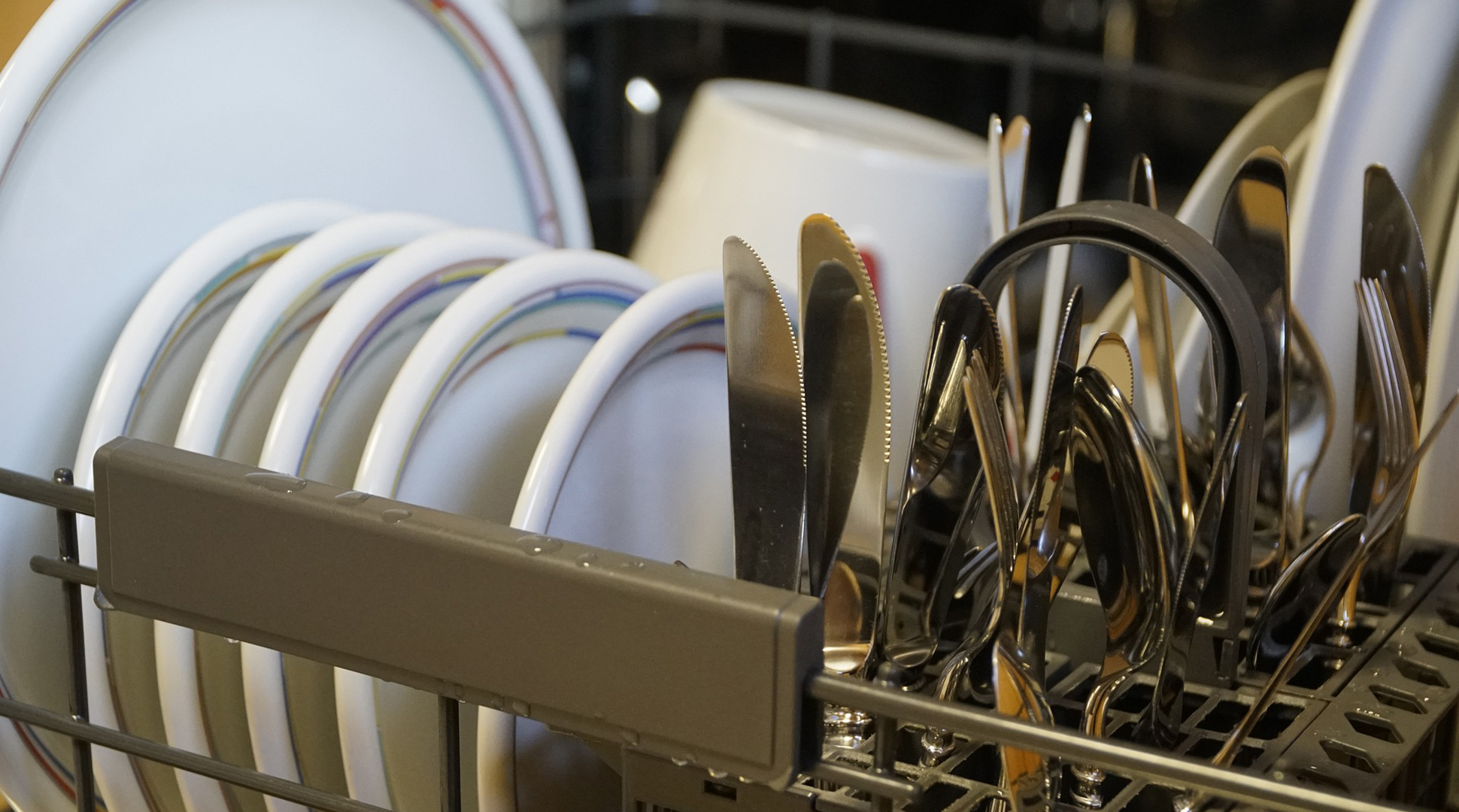By Julie Garden-Robinson, food and nutrition specialist, NDSU Extension
I was alone working on my computer in my office. I heard the doorknob rattling. I got up from my office chair to investigate, but I didn’t open the door.
At first, I thought someone was trying to enter my office. The rattling stopped and I waited to open the door until I heard the main office door close.
I peeked into the hallway. A custodial staff member was disinfecting the doorknobs.
Many people were working from home in March of 2020 during the start of the pandemic. I decided to “isolate” in my office at work. Regular cleaning and disinfecting became part of a germ-fighting protocol in offices and homes nationwide.
Two years ago at the start of the pandemic, our concept of “clean” changed quite a bit. As we enter a time when many people are thinking about spring cleaning, here are some questions to try.
1. How long should you wash your hands?
a. 10 seconds
b. 20 seconds
c. 30 seconds
2. If you do not have handwashing facilities available, you could use a hand sanitizer. What percent alcohol should effective sanitizers contain?
a. 30 percent
b. 40 percent
c. 60 percent
3. The label on a container says to “use appropriate PPE.” What does this mean?
4. What is the name for removing soil and other contaminants from a surface?
a. Sanitizing
b. Cleaning
c. Disinfecting
5. What is the name for reducing the number of microorganisms from a surface?
a. Sanitizing
b. Cleaning
c. Deodorizing
6. You are planning to use a bleach solution to reduce germs on kitchen surfaces. What is the recommended amount of chlorine bleach and water to use according to the U.S. Department of Agriculture?
a. 1 teaspoon of unscented chlorine bleach per gallon of water
b. 1 tablespoon of unscented chlorine bleach per gallon of water
c. ¼ cup of unscented chlorine bleach per gallon of water
7. Which of these bacteria could be on kitchen surfaces or in your refrigerator? Choose all that apply.
a. Listeria
b. E. coli
c. Salmonella
8. What is the best way to clean fresh produce?
a. Under running water
b. With a bleach-water solution
c. With soapy water
9. What temperature should water reach in a dishwasher to sanitize plastic cutting boards?
a. 150 F
b. 160 F
c. 170 F
How did you do? Here are the answers: 1. b. 2. c. 3. Personal protective equipment includes rubber gloves and eye protection. 4. b. 5. a. 6. b, but test surfaces in an inconspicuous spot. 7. Any of the listed organisms plus others could be on kitchen surfaces. 8. a. Rinsing fresh produce under running water is the recommendation. 9. c.
Visit the Partnership for Food Safety Education (www.fightbac.org/spring-clean-your-way-to-a-safer-kitchen/) for more information about spring cleaning your way to a safer kitchen.
Julie Garden-Robinson, Ph.D., R.D., L.R.D., is a North Dakota State University Extension food and nutrition specialist and professor in the Department of Health, Nutrition and Exercise Sciences. Follow her on Twitter @jgardenrobinson)
